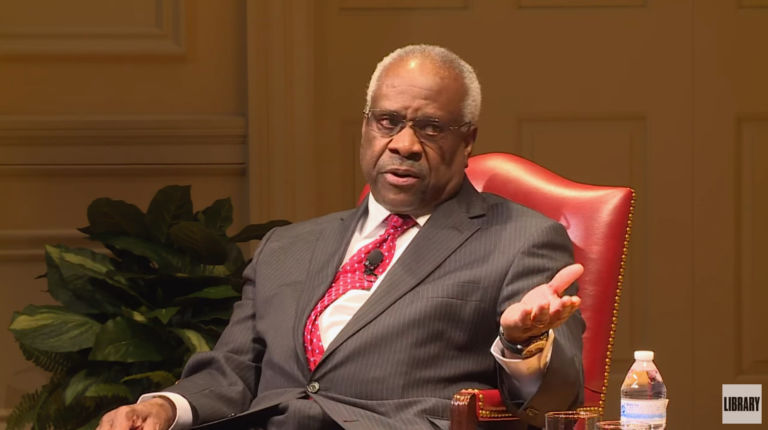There is no public policy issue where the language has been so manipulated as global warming. In fact the language has been changed to such an extent that the words being used, when viewed objectively, have little to do with what the either the science or the public policy concerns are actually about. There are three expressions that are now so ingrained as part of the conversation that even skeptics have succumbed to (mis)using them. The use of these terms is part of a propaganda drive meant to mis-educate and distract the public on both the science and policy of global warming. The three terms are climate change, carbon, and emissions.
First and most importantly, the expression used to identify the problem has been subtly changed from the accurate and specific global warming to the inaccurate and general climate change. From the perspective of the propagandists this is the most important of the language changes. The question of whether or not the planet is warming is a factual one that is born out or not by the temperature data. The answer to the global warming question may be yes or it may be no. On the other hand, the answer to the question of whether or not the climate is changing is always yes. The climate has never been unchanging and never will be. By conflating global warming and climate change propagandists like President Obama can refer to people who point to the data to argue that global temperatures have stopped rising over the last 15 years as “flat earthers” and “climate change” deniers. Of course such accusations would be true if the issue was indeed climate change. But let’s be clear, it is not.
Playing on the fact that most people do not have much knowledge of science the propagandists have actually started lying about what the problem or perceived problem actually is. In newspaper articles and reporting on global warming commentators have switched carbon, C, for carbon dioxide, CO2. In terms of emissions the issue is the latter not the former. It is CO2 that is the greenhouse gas that is accumulating in the atmosphere and that will presumably warm the planet to intolerable levels and it is CO2 emissions that policies are meant to reduce. But carbon-dioxide is rarely ever mentioned. Instead we here of “carbon taxes,” and “carbon emissions” and “reducing our carbon footprint.” There is a propaganda driven reason for this. CO2, which every school child learns (hopefully) is an invisible odorless gas that helps plants and vegetation grow and supports life on earth, is not scarey. On the other hand carbon suits the propagandist’s purposes much better. Most people associate it with a black sooty substance that is harmful to inhale and soils everything it comes in contact with. As a negative image carbon presents a much better target for the shyster ad man than does CO2. So why not just drop that inconvenient O2 and just stick with the C? After-all, anyone who calls us on it is just a “flat earther” anyway.
To make the trilogy complete the propagandists have changed the goal of policy from reducing temperatures to reducing emissions. Reducing CO2 emissions is not a goal unto itself. It is a means to an end: reducing global temperatures. But it has reached a point where this goal is almost never mentioned when discussing actual policies. The focus is on how much emissions will be reduced not temperatures. It is no accident that during his entire speech on “climate change” last week the president made no mention of what his proposals would actually accomplish in terms of temperature reduction. There is a very good reason for this. Temperature reduction as a result of any of the policies that have been discussed, including the Waxman-Markey cap and trade legislation which would have reduced CO2 emissions by over 80 percent, would be unnoticeable. Using the IPCC’s own data and methods, the Waxman-Markey plan would have reduced global temperatures relative to what otherwise would occur by .2 degrees over the next 100 years. In other words, a policy that takes our country back to the late 19th Century, when most people were in horse and buggies and lighting their houses with kerosene, in terms of CO2 emissions, would bring about no noticeable gain in terms of temperature reductions. Once again, it makes sense for the shyster ad man to shift attention away from reducing temperatures, the actual purpose of the policy, and toward reducing “carbon emissions” which can be measured in terms of thousands of tons.
Honest policy analysts should just say no to this propagandist assault on language. Whenever climate change is used instead of global warming or carbon is used in place of carbon dioxide, the person using those terms should be called out and made to explain himself. When someone starts telling us that a particular policy will reduce emissions by a certain amount we should immediately refocus the discussion on temperatures. The comeback should always be “tell me how much temperatures will be reduced by and over what period of time.” Propagandists, ad men, and magicians always invoke the same technique to perpetrate their illusion–take the audience’s eye off the ball. We will defeat these illusionists so long as we keep the ball front and center and in plain site.


